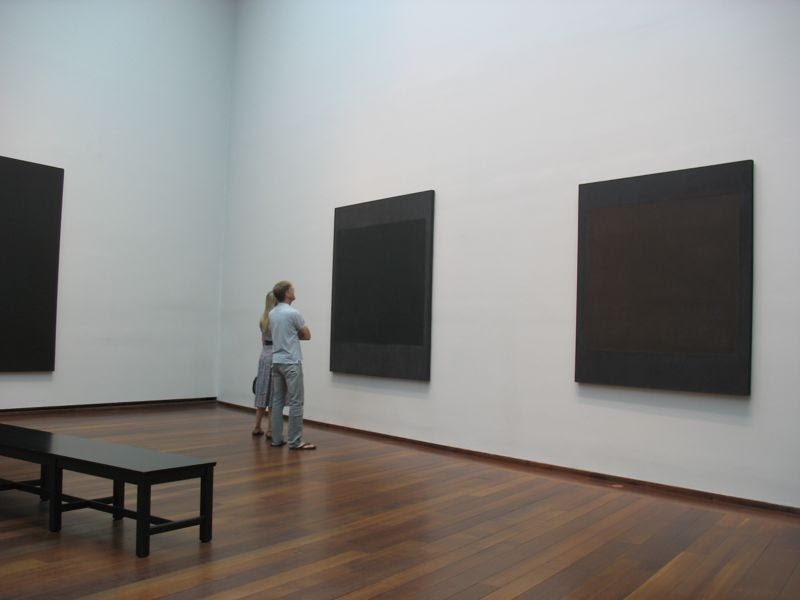
We all know about something, how it looks, how it feels, how it smells, and so forth. Our lives are fully populated with things, both objects and ideas. We live in a positivist world, treating all the things we know as if they are absolutely real.
When it comes to things made of matter – eggs, cars, sofas, children, and everything else – we are particularly certain they exist and treat them accordingly. If they’re small enough, we can hold them; if they’re tasty, we can eat them; if they’re comfortable, we can sit on them. We protect them, maintain them, refrigerate them, and even insure them in case they’re damaged, broken or stolen. The world is our Thingdom, and we are its Master. In a universe of constant change and transformation, “Be Here Noun” is our magical incantation.
It’s possible, of course, to use our intellect and imagination to deny the existence of things, and even use science to justify that denial. Matter has the mysterious property of becoming less and less material the closer we look at it, and at atomic and subatomic levels, there is little “there, there” to observe at all; at that tiniest of scales, matter is simply dense energy-filled space. Notably, all this science and speculation requires our observation, as does the perception of matter and things overall. If not for our observation of an object or its measurement, the question of its existence becomes moot.
This brings us to consideration of non-material things, thoughts and images generated by imagination. Such things lack physical properties we can measure – and the essence of physical science itself is measurement – but because we experience them, we consider our thoughts and ideas to be virtually as real as physical objects and we treat them that way. We don’t refrigerate or sit on thoughts, but as “intellectual property” we do defend and vigorously protect them. But what of nothing, from which we try to protect ourselves?
Unlike things we can count and measure, we can’t count nothing, which we consider the complete absence of everything. We can name it, but we can’t visualize it, since visualizing nothing requires imagining that which cannot be experienced or perceived. We used to think of black, empty space, the total absence of physical bodies like stars and planets and devoid of light as representative of nothing, but even that requires imagining space, which as a thing is clearly not nothing. Nothing, it turns out, is just a word, another noun-thing we have conjured up through magical incantation. Nothing isn’t.
The universe, some theoretical physicists believe, is entirely comprised of force-fields filled with waves, fields and waves that in some mysterious way impart information and mass. Mass attracts, and to our human form appears to us as matter, ie: solid objects. And we, of course, are solid objects too, although significantly, our thoughts are not solid. This all makes sense if one regards reality as comprised of force-fields and wave interactions rather than a universe of solid objects.
The universe is in process, everything within it constantly transforming – a verb, not a noun. Not even for a nanosecond are any things the same. That’s another word-thing we’ve invented: nanosecond. Our list of things, it seems, is endless.
We are waveforms within waveforms, all the way up and all the way down. “Everything is everything,” we used to say in the 60’s. That’s heavy, man.